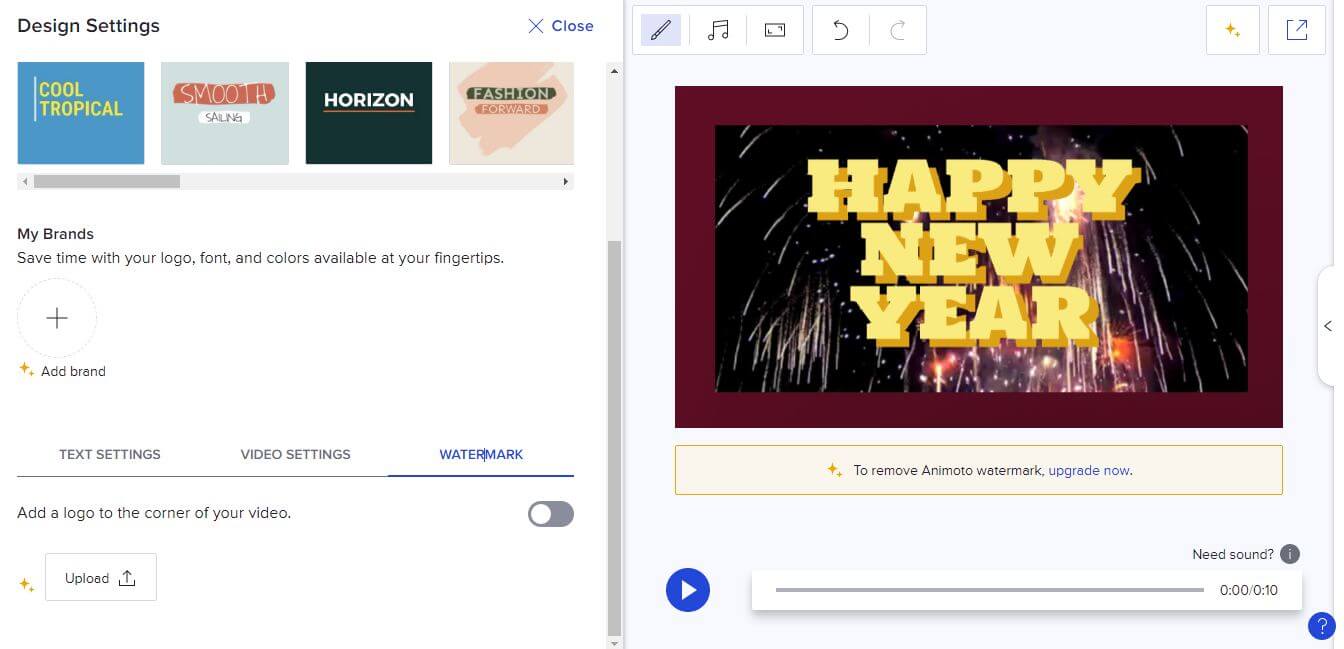

Other investors in that round included Amazon, Jeff Clavier’s SoftTech VC, and iStockphoto founder Bruce Livingstone. “Our expectation is that people will interact a lot more with their videos, because you are still in the mindset of what you wanted to do with it.”Īnimoto’s roots are in the Seattle area, where Jefferson and his three co-founders Jason Hsiao, Stevie Clifton, and Tom Clifton all attended Bellevue High School my colleague Greg profiled the company back in 2009, shortly after it raised $4.4 million in a funding round led by Seattle’s Madrona Venture Group. The more-or-less instant rendering means Animoto users will be more likely to stay engaged and create finished videos that they want to share, Jefferson hopes. Six minutes is enough time to get up, grab a coffee, check your e-mail-and get completely sidetracked. Now, the rendering time on a 30-second video, the service available to free “Lite” users at Animoto, is about 45 seconds, compared to 6 minutes before the GPU era. The upside to the switch isn’t just that Animoto’s videos look bigger and sharper. “But GPUs are what Pixar uses to render movies, and what gaming studios use to create first-person shooters, and if we are truly following on the heels of Hollywood we had to be on the platform that Hollywood uses.” Embarking on the project was “one of those Innovator’s Dilemma sort of things,” he says.

The CPU-to-GPU transition has been in the works for nearly a year and has absorbed a good part of the 40-employee startup’s energy, Jefferson says.

But since about 25 percent of Animoto users choose the Original style for their videos, that was a good place to start. Migrating the code so that it can run on GPUs is “really complicated,” Jefferson says, meaning it will take a few months to finish the job. Created a separate rendering engine for each style, and all of them were originally designed to run on Amazon’s CPUs.


 0 kommentar(er)
0 kommentar(er)
